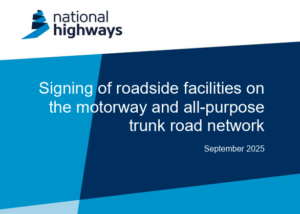The Lower Thames Crossing could create five million tonnes of carbon dioxide, figures from a Freedom of Information request have said.
Estimates suggest the building programme will produce twomillion tonnes of carbon dioxide while traffic created by the road is expected to emit another 3.2 million tonnes over 60 years, a report by the BBC has said.
The Lower Thames Crossing will improve journeys by almost doubling road capacity across the Thames east of London, with 14.3 miles of new road featuring two 2.6 mile-long tunnels. Works on the mega project could start in around 18 months, and would provide a huge jobs boost to the UK infrastructure industry. It is to be the largest ever roads project since the M25.
Ministers have said the scheme, supported by the CBI and the AA, will bring a huge economic boost on both sides of the river and relieve congestion on the orbital motorway.
But the emissions figures, obtained through a Freedom of Information request after Highways England initially declined to release them, have angered environmentalists.
It is possible the eventual CO2 outputs for the roads should be lower than projected because of the advent of electric cars. But campaigners point out that making and running EVs still takes a great deal of energy and resources.
As part of its plans, Highways England said: “We’re carrying out detailed surveys to understand wildlife populations and their movements. These will help us come up with ways to best avoid or reduce, our impact on the protected areas such as riverside marshes and the river bed. We’ve already done this to an extent through the route location and choosing a bored tunnel in order to have as little an impact as possible on these special areas.
“We’re also doing detailed noise modelling and air quality assessments. Using the data from these, we’ll develop solutions, to reduce the effects of traffic noise, such as using specific road surfaces or keep the road (in cutting) within the landscape to provide natural screening and noise barriers.”






















